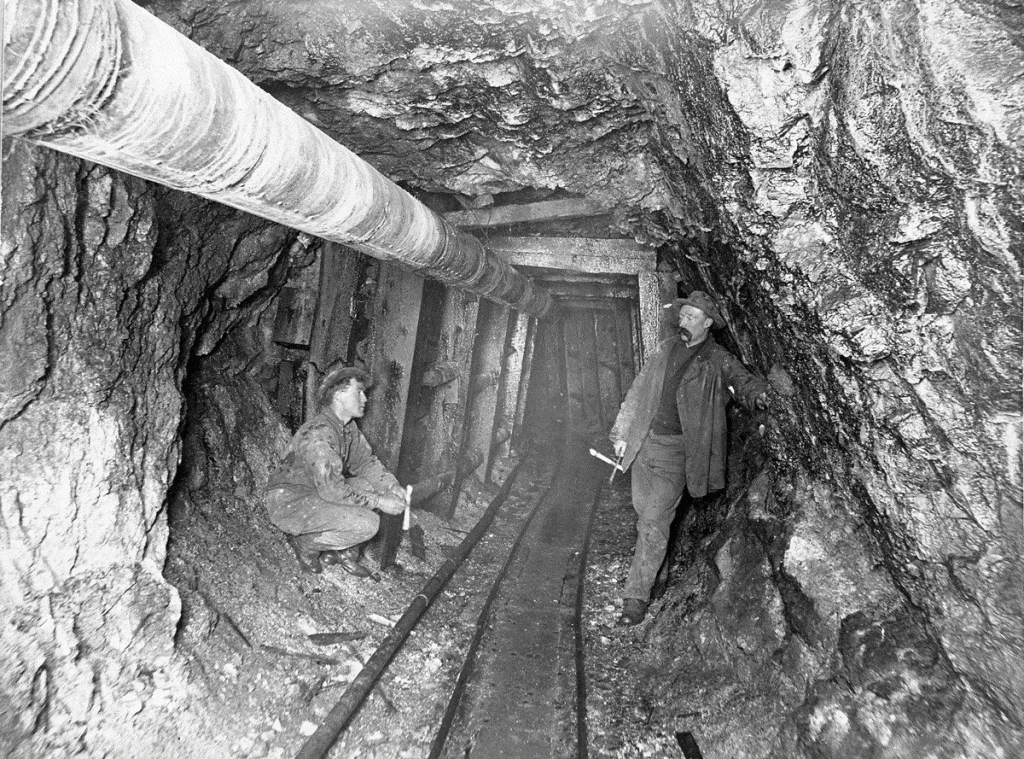On July 18, 1896, two women, their shoes nearly worn through, walked into Park City. These women were Norwegian-American Helga Estby and her teenage daughter, Clara. Since leaving their home near Spokane, Washington in early May, they had been crossing the country on foot, hoping to win a $10,000 wager by reaching New York City within seven months, thus saving their family farm. The pair had just come from Salt Lake City, where they had spent the previous few days acquiring both supplies and publicity. Additionally, the women had acquired shorter, if controversial, bicycle skirts to wear on the rest of their trip, a stipulation of the wager. As such, they must have presented an unusual sight, even in a rough mining town like Park City.
Upon reaching Park City, the Estbys paused their trip again, remaining in the area for at least a week, and procuring more supplies including replacing their now worn-out shoes. They also took some time to see the local sights, which, for Park City, included the mines. Traditionally, women were not allowed in mines, being seen as bad luck. An exception must have been made for the Estbys, however, as they were given a tour of the Ontario Mine, located up Empire Canyon to the south of the city. Helga Estby later wrote of the experience in a Scandinavian-American community newspaper.
After first donning the requisite rubber hats, coats, and boots, Helga and her daughter were escorted inside the mine to the cage or elevator. Helga described this cage as being just a platform with no walls and an iron bar to hold onto. Their only source of light was a lantern for Helga and candles for her daughter and the foreman. The women were then taken down into the depths of the mine, eventually reaching the deepest level at 1,500 feet below the surface, before exiting the cage to walk some distance down the tunnels. They were even permitted to chip out samples of ore from the mine walls. Helga and Clara continued their mine tour for two and half hours, before boarding the cage a final time and being taken back up into the July sunshine.

Credit: Park City Historical Society and Museum, Jordanelle Special Service District Collection
It is presently unknown how else the Estbys spent their time in Park City. Although Helga kept journals during the trek, these disappeared after they reached New York. It is known that John Williamson, a Provo fruit farmer selling his crop in Park City, encountered the “lady pedestrians” while they were camped at William Sanders’ dairy farm outside Park City on the evening of July 24. Local newspapers commented that Women’s Christian Temperance Union had posted the wager “to show that women are as capable of performing such freaks as men.”
After leaving Park City, Helga and Clara hiked north into the Wasatch mountain range before likely taking Echo Canyon up to Evanston, Wyoming, their next major stop. The women continued their journey, reaching New York City that Christmas Eve. Unfortunately, the promised reward never came as the Estbys had apparently missed the deadline and they were left to find their way home empty-handed. Family back home resented the women’s long absence and after Helga’s death her surviving memoirs and writings were burned. Yet traces of Helga and Clara’s daring trek survive, including her brief connection to Park City.